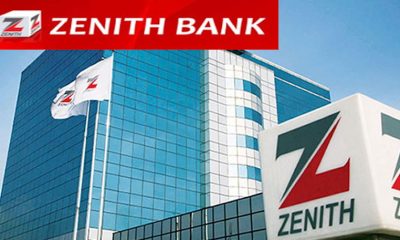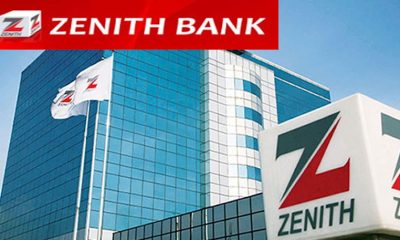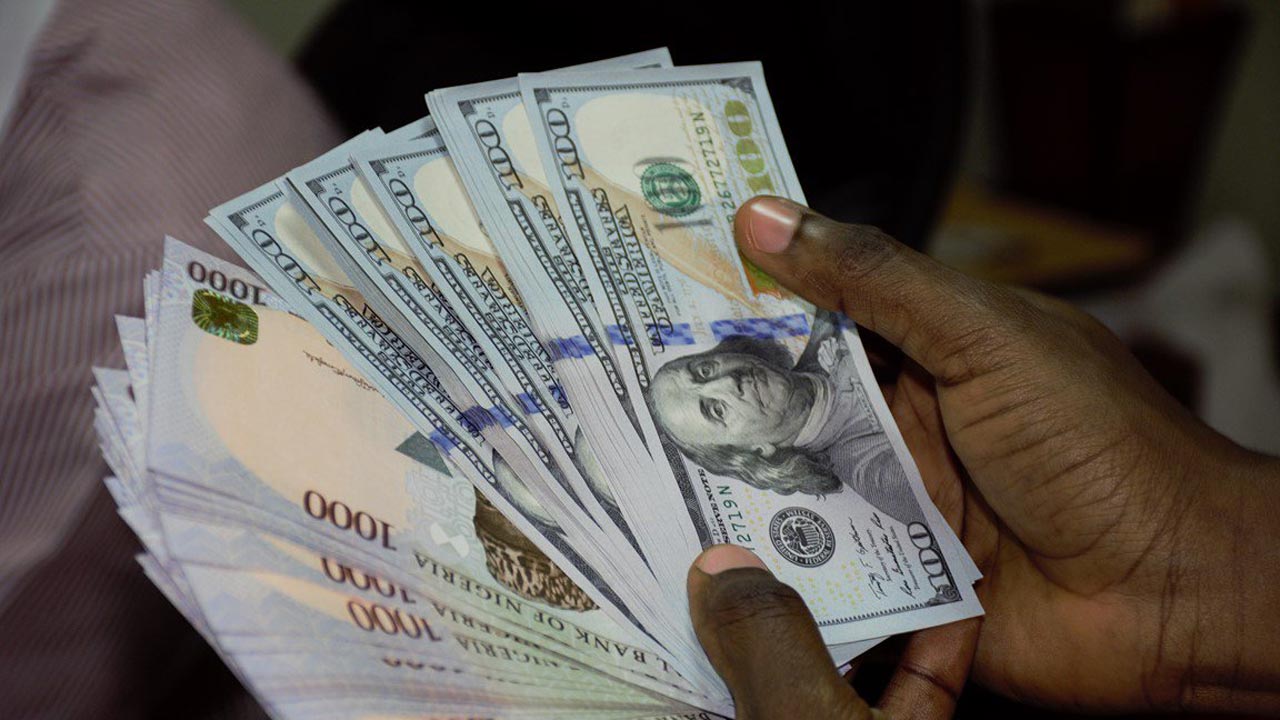The exchange rate disparity between the official NAFEX rate and black market rate widened on Tuesday and is now a whopping N84 as forex scarcity heightens, National Daily has gathered.
The exchange rate at the parallel market remained stable closing at N472/$1 on Tuesday, July 21, 2020. However, on the officially recognized NAFEX market, the forex turnover was down by 23.1% while the exchange rate recorded a gain closing at N388.17/$1.
The Naira appreciated against the dollar at the Investors and Exporters (I&E) window on Tuesday, closing at N388.17/$1, this represents a 33 kobo gain when compared to the N388.50/$1 that was reported on Monday, July 20. The opening indicative rate was N388.50 to a dollar on Tuesday. This represents a 10 kobo drop when compared to the N388.40 to a dollar that was recorded on Friday.
Meanwhile, forex turnover at the Investor and Exporters (I&E) window recorded a decline on Tuesday, July 21, 2020, as it dropped by 23.1% day on day.
According to the data gathered, forex turnover decreased from $38.72 million on Monday, July 20, 2020, to $29.77 million on Tuesday, July 21, 2020.
The weaker turnover which seems to be getting worse, reaffirms the scarcity of dollars and also an indication of the liquidity pressure in the foreign exchange market. Notwithstanding the exchange rate gain, the turnover is a far cry from the $200 million recorded at major trading days during the last few weeks.
The volatility of the foreign exchange market is basically fueled by low forex inflow and the activities of currency speculators who are encouraged by the widening gap between the official rate and the parallel market rate.
The data from the Central Bank of Nigeria (CBN) shows a decline in the external reserve as it fell from $36.57 billion on June 3, 2020 to $36.08 billion as of July 17, 2020. The declining external reserve reduces the capacity of the CBN to intervene in the forex market, thereby putting more pressure on the market.
An analyst at Investment one, Douye Mac-Yoroki, said, ‘’A lot of the challenges right now are due to a shortfall in liquidity. The Central Bank is holding on to as much dollars as it can, given that inflows are not coming the way they did previously. Customers who can’t obtain dollars from the Central Bank or other official sources are being forced into the parallel market, pushing the rate higher.’’
‘’A lot of pressure is piling up there, ‘’ he said.
The low forex inflow is primarily due to low remittances and low oil prices (which accounts for about 90% of the country’s foreign exchange earnings) triggered by the coronavirus pandemic. This is also compounded by the suspension of sales of foreign exchange to Bureau De Change (BDCs) operators.
Nigeria maintains multiple exchange rates comprising the CBN official rate, the BDC rates, SMIS, and the NAFEX (I&E window).

 Football2 days ago
Football2 days ago
 Business1 week ago
Business1 week ago
 Business1 week ago
Business1 week ago
 Education1 week ago
Education1 week ago
 Crime1 week ago
Crime1 week ago
 Covid-191 week ago
Covid-191 week ago
 Latest6 days ago
Latest6 days ago
 Business1 week ago
Business1 week ago

